Popular categories
Looking for a yarn?
Order DROPS Needles & Hooks
Clicking the ORDER button will redirect you to Wool Warehouse Direct Ltd website
The yarn cost is calculated from the pattern’s smallest size and the yarn’s cheapest product type. Looking for an even better price? You might find it on the DROPS Deals!
Cream Wafer
Knitted jumper in DROPS Air. The piece is worked top down with raglan, double neck, cables and moss stitch. Sizes S - XXXL.
DROPS Design: Pattern ai-398
Yarn group C or A + A
-------------------------------------------------------
SIZES:
S – M – L – XL – XXL – XXXL
MATERIALS:
DROPS AIR from Garnstudio (belongs to yarn group C)
300-350-350-400-450-500 g colour 01, off white
NEEDLES:
DROPS CIRCULAR NEEDLE SIZE 5 MM: Length 40 cm and 80 cm.
DROPS CIRCULAR NEEDLE SIZE 4 MM: Length 40 cm and 80 cm.
DROPS DOUBLE POINTED NEEDLES SIZE 5 MM.
DROPS DOUBLE POINTED NEEDLES SIZE 4 MM.
DROPS CABLE NEEDLE.
The technique MAGIC LOOP can be used – you then only need circular needle of 80 cm in each size.
KNITTING TENSION:
17 stitches in width and 22 rows in height with stocking stitch = 10 x 10 cm.
NOTE: Needle size is only a guide. If you get too many stitches on 10 cm, change to a larger needle size. If you get too few stitches on 10 cm, change to a smaller needle size.
-------------------------------------------------------
Alternative Yarn – See how to change yarns here
Yarn Groups A to F – Use the same pattern and change the yarn here
Yarn usage using an alternative yarn – Use our yarn converter here
-------------------------------------------------------
Women Jumpers Aran Knittingassembly free cable double neck moss st raglan round neck top down
Order DROPS Needles & Hooks
Clicking the ORDER button will redirect you to Wool Warehouse Direct Ltd website
The yarn cost is calculated from the pattern’s smallest size and the yarn’s cheapest product type. Looking for an even better price? You might find it on the DROPS Deals!
- English (UK/cm)
- Česky
- Dansk
- Deutsch
- Eesti keel
- English (UK/cm)
- English (US/in)
- Español
- Français
- Íslenska
- Italiano
- Magyar
- Nederlands
- Norsk
- Polski
- Português
- Suomi
- Svenska
- English (UK/cm), Bulgaria
- English (UK/cm), Croatia
- English (UK/cm), Greece
- English (UK/cm), Latvia
- English (UK/cm), Lithuania
- English (UK/cm), Romania
- English (UK/cm), Slovenia
- Česky, Slovakia
Pattern instructions
EXPLANATIONS FOR THE PATTERN:
-------------------------------------------------------
INCREASE TIP:
Increase 1 stitch by working 1 yarn over. On the next round, work the yarn over twisted to avoid holes.
PATTERN:
See diagrams A.1 to A.6.
RAGLAN:
Increase for raglan before/after 2 knitted stitches at each marker-thread as follows:
AFTER THE MARKER-THREAD:
Knit 1 stitch, make 1 yarn over.
BEFORE THE MARKER-THREAD:
Work until there is 1 stitch left before the next marker-thread, make 1 yarn over. The increased stitches are worked twisted into the pattern on the next round.
DECREASE TIP (applies to the sides on the body and mid-under sleeves):
Decrease 1 stitch on either side of the marker as follows: Work until there are 2 stitches left before the marker, knit 2 together, marker sits here, slip 1 stitch as if to knit, knit 1 and pass the slipped stitch over the knitted stitch.
-------------------------------------------------------
START THE PIECE HERE:
-------------------------------------------------------
JUMPER – SHORT OVERVIEW OF THE PIECE:
The double neck and yoke are worked in the round with circular needle, top down. The yoke is divided for body and sleeves and the body is continued in the round with circular needle. The sleeves are worked with short circular needle/double pointed needles, top down.
DOUBLE NECK:
Cast on 80-88-88-96-96-96 stitches with DROPS Air using short circular needles size 4 mm and 5 mm held together. Remove the needle size 5 mm keeping the stitches on the short circular needle size 4 mm (this gives you an elastic cast-on edge). Work rib in the round (knit 2, purl 2) for 11 cm.
Fold the neck double to the inside and work 1 more round of rib, working every 2nd stitch together with its corresponding stitch on the cast-on edge.
You now have a double neck of approx. 5 cm.
YOKE:
Change to circular needle size 5 mm. Insert 4 marker-threads while working and increasing as follows: Knit 1 and insert marker-thread 1 before next stitch, knit 12 (sleeve) and insert marker-thread 2 before next stitch, knit 1, knit and increase 16-12-12-16-16-16 stitches evenly over the next 26-30-30-34-34-34 stitches - read INCREASE TIP (= 42-42-42-50-50-50 stitches on the front piece), knit 1 and insert marker-thread-3 before next stitch, knit 12 (sleeve) and insert marker-thread 4 before next stitch, knit 1, knit and increase 16-12-12-16-16-16 stitches evenly over the next 26-30-30-34-34-34 stitches (= 42-42-42-50-50-50 stitches on the back piece). There are 112-112-112-128-128-128 stitches on the round. Insert a marker on this round, approx. on mid-back the yoke is measured from this marker.
Read the next section before continuing!
You now work pattern and increase for RAGLAN – read description above.
Knit 2 (marker-thread-1 sits between these 2 stitches), increase 1 stitch for raglan, work A.1 over the next 10 stitches, increase 1 stitch for raglan, knit 2 (marker-thread-2 sits between these 2 stitches), increase 1 stitch for raglan, work A.2 over 1 stitch, A.3 over the next 40-40-40-48-48-48 stitches (5-5-5-6-6-6 times in width), A.4 over 1 stitch, increase 1 stitch for raglan, knit 2 (marker-thread-3 sits between these 2 stitches), increase 1 stitch for raglan, work A.1 over the next 10 stitches, increase 1 stitch for raglan, knit 2 (marker-thread-4 sits between these 2 stitches), increase 1 stitch for raglan, work A.2 over 1 stitch, A.3 over 40-40-40-48-48-48 stitches (5-5-5-6-6-6 times in width), A.4 over 1 stitch and increase 1 stitch for raglan,. REMEMBER THE KNITTING TENSION!
Continue the pattern and increase for raglan every 2nd round (the increased stitches on the sleeves are worked into A.1, the increased stitches on the front and back pieces are worked as shown in A.2/A.4). When diagrams A.2 and A.4 have been completed 1 time in height, continue with A.5 over A.2 and A.6 over A.4; the increased stitches on the front and back are now worked into A.1 (the cables in A.3 and in A.5/A.6 are made on the same round all the way).
Continue to increase for raglan until there has been increased a total of 19-23-25-27-27-29 times on each side of all marker-threads = 264-296-312-344-344-360 stitches.
Continue to increase but increase now only on the body (i.e. increase after marker-threads 2 and 4 and before marker-threads 3 and 1). Increase like this 3-2-3-1-3-6 times in total = a total of 19-23-25-27-27-29 times on the sleeves and 22-25-28-28-30-35 times on the body.
There are 276-304-324-348-356-384 stitches on the needle.
Continue the pattern without further increases until the yoke measures 22-24-26-27-29-32 cm from the marker on mid back.
Now divide for sleeves and body as follows: Knit 2, place the next 48-56-60-64-64-68 stitches on a thread for the sleeve, cast on 6-6-8-8-12-12 stitches under the sleeve, work 90-96-102-110-114-124 stitches as before, place the next 48-56-60-64-64-68 stitches on a thread for the sleeve, cast on 6-6-8-8-12-12 stitches under the sleeve, work the last 88-94-100-108-112-122 stitches as before. Cut the yarn. Continue working body and sleeve separately.
BODY:
= 192-204-220-236-252-272 stitches.
Insert 1 marker in each side, in the middle of the new stitches cast on under each sleeve. Start the round by one marker and continue in the round with pattern A.1 on each side of A.5, A.3 and A.6; NB: A.1 will not always fit, so knit 1 stitch on each side of each marker in each side under each sleeve, the remaining stitches are adjusted according to the pattern on the front and back piece.
Continue working until the body measures 28-28-28-29-29-28 cm from the division. Knit 1 round and decrease 28 stitches evenly spaced = 164-176-192-208-224-244 stitches. Change to circular needle size 4 mm and work rib (knit 2, purl 2) for 5 cm.
Loosely cast off with knit over knit and purl over purl. The jumper measures approx. 58-60-62-64-66-68 cm from the shoulder down.
SLEEVES:
Place the 48-56-60-64-64-68 stitches from the thread on the one side of the piece on short circular needle/double pointed needles size 5 mm and knit up 1 stitch in each of the 6-6-8-8-12-12 stitches cast on under the sleeve = 54-62-68-72-76-80 stitches. Insert a marker in the middle of the new stitches under the sleeve = start of the round.
Continue in the round with pattern A.1. NB: A.1 will not always fit, so knit 1 stitch on each side of the marker, the remaining stitches are adjusted according to the pattern on the sleeve.
When the sleeve measures 2 cm, decrease 2 stitches on each side of the marker – read DECREASE TIP. Decrease like this every 6-4-2½-2½-2-1½ cm a total of 6-9-11-12-13-14 times = 42-44-46-48-50-52 stitches. Continue working until the sleeve measures 37-36-34-33-32-30 cm from the division (or to desired length. There is approx. 5 cm left). Knit 1 round and increase 2-4-6-4-6-4 stitches evenly spaced = 44-48-52-52-56-56 stitches. Change to double pointed needles size 4 mm and work rib (knit 2, purl 2) for 5 cm. Loosely cast off with knit over knit and purl over purl. The sleeve measures approx. 42-41-39-38-37-35 cm from the division.
Work the other sleeve in the same way.
This pattern has been corrected. Click here to see the correction/s.
Correction number of stitches for double neck in size XL + new updated measurement chart.
DOUBLE NECK:
Cast on 80-88-88-96-96-96 stitches...
Diagram

|
= knit |

|
= purl |

|
= place 3 stitches on cable needle behind the piece, knit 3, knit 3 from cable needle |

|
= place 3 stitches on cable needle in front of piece, knit 3, knit 3 from cable needle |

|
= place 2 stitches on cable needle in front of piece, knit 2, knit 2 from cable needle |

|
= place 2 stitches on cable needle behind the piece, knit 2, knit 2 from cable needle |
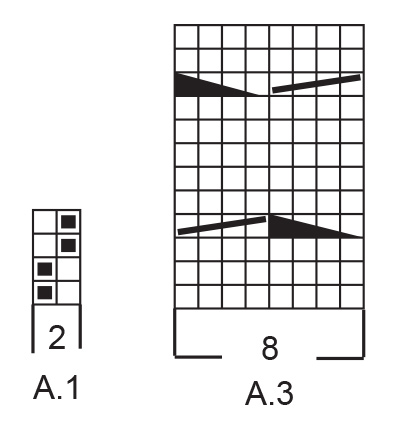


What can you do with our patterns? You can share DROPS patterns online, using the pattern original picture, materials, name and number. But you are NOT ALLOWED to reproduce the complete pattern digitally in any way. Yarn stores are welcome to use the DROPS pattern database to promote the sale of our assortment. You can print out our patterns, make as many copies as you’d like. The only thing we ask is that you don't make any changes / additions to the original printed document. And that the patterns according to the DROPS philosophy are given out to the consumers for free. Editorials that wish to publish our patterns in printed books or magazines can contact us for more information. The sale of garments based on DROPS patterns is permitted as long as they are sold as single items or per order. Further commercial use of the patterns is not permitted. It has to be clearly stated that the garment is made based on a design from DROPS DESIGN. The use of clothing labels of which DROPS DESIGN forms part is conditioned by the inclusion of the following text: “A DROPS DESIGN made by …..”. The use of DROPS photos for marketing purposes/sales is only permitted in connection with the use/sale of DROPS products. The photos may not be cut or edited and the logo should be clearly visible.
We reserve the right to withdraw the permission for use of our patterns at any time, notwithstanding the reason.
Each of our patterns has specific tutorial videos to help you.
These step-by-step tutorials might also help you:
Why is the knitting/crochet tension so important?
Knitting tension is what determines the final measurements of your work, and is usually measured per 10 x 10 cm. It is provided like so: number of stitches in width x number of rows in height - eg: 19 stitches x 26 rows = 10 x 10 cm.
The knitting tension is very individual; some people knit/crochet loosely while others work tightly. You adjust the knitting tension with the needle size, which is why the suggested needle size is only meant as a guide! You need to adjust this (up or down) to ensure that YOUR knitting tension matches the knitting tension provided in the pattern. If you work with a different knitting tension than provided you will have a different yarn consumption, and your work will have different measurements than what the pattern suggests.
The knitting tension also determines which yarns can replace each other. As long as you achieve the same knitting tension you can replace one yarn with another.
See DROPS lesson: How to measure your tension/gauge
See DROPS video: How to make a gauge tension swatch
How do I know how many balls of yarn I need?
The required amount of yarn is provided in grams, eg: 450 g. To calculate how many balls you’ll need you first need to know how many grams are in 1 ball (25g, 50g or 100g). This information is available if you click on the individual yarn quality on our pages. Divide the amount required with the amount of each ball. For example, if each ball is 50g (the most common amount), the calculation will be as follows: 450 / 50 = 9 balls.
Can I use a different yarn than what the pattern suggests?
The important thing when changing from one yarn to another is that the knitting/crochet tension remains the same. This is so that the measurements of the finished piece will be the same as on the sketch provided. It is easier to achieve the same knitting tension using yarns from the same yarn group. It is also possible to work with multiple strands of a thinner yarn to achieve the knitting tension of a thicker one. Please try our yarn converter. We recommend you to always work a test swatch.
Please NOTE: when changing yarn the garment might have a different look and feel to the garment in the photo, due to individual properties and qualities of each yarn.
See DROPS lesson: Can I use a different yarn than the one mentioned in the pattern?
What are the yarn groups?
All our yarns are categorised into yarn groups (from A to F) according to thickness and knitting tension – group A contains the thinnest yarns and group F the thickest. This makes it easier for you to find alternative yarns to our patterns, should you wish to switch yarn. All yarns within the same group have a similar knitting tension and can easily replace each other. However, different yarn qualities have different structures and properties which will give the finished work a unique look and feel.
How do I use the yarn calculator?
At the top of all our patterns you’ll find a link to our yarn calculator, which is a helpful tool should you wish to use a different yarn than suggested. By filling in the yarn quality you wish to replace, the amount (in your size) and number of strands, the calculator will present good alternative yarns with the same knitting tension. Additionally it will tell you how much you’ll require in the new qualities and whether you’ll need to work with multiple strands. Most skeins are 50g (some are 25g or 100g).
If the pattern is worked with multiple colours, every colour will have to be calculated separately. Similarly, if the pattern is worked with several strands of different yarns (for example 1 strand Alpaca and 1 strand Kid-Silk) you will have to find alternatives for each, individually.
Why do you show discontinued yarns in the patterns?
Since different yarns have different qualities and textures we have chosen to keep the original yarn in our patterns. However, you can easily find options among our available qualities by using our yarn calculator, or simply pick a yarn from the same yarn group.
It is possible that some retailers still have discontinued yarns in stock, or that someone has a few skeins at home that they would like to find patterns for.
The yarn calculator will provide both alternative yarn as well as required amount in the new quality.
What size should I knit?
If you think it's hard to decide what size to make, it can be a good idea to measure a garment you own already and like the size of. Then you can pick the size by comparing those measures with the ones available in the pattern's size chart.
You'll find the size chart at the bottom of the pattern.
See DROPS lesson: How to read size chart
Why do I get the wrong knitting tension with the suggested needle size?
The needle size provided in the pattern serves only as a guide, the important thing is to follow the knitting tension. And since knitting tension is very individual, you will have to adjust the needle size to ensure that YOUR tension is the same as in the pattern – maybe you’ll have to adjust 1, or even 2 needle sizes, up or down to achieve the correct tension. For this, we recommend that you work test swatches.
Should you work with a different knitting tension than the one provided, the measurements of the finished garment might deviate from the measurement sketch.
See DROPS lesson: How to measure your tension/gauge
See DROPS video: How to make a tension/gauge swatch
Why is the pattern worked top-down?
Working a garment top-down provides more flexibility and room for personal adjustment. For example it is easier to try the garment on while working, as well as making adjustments to length of yoke and shoulder caps.
The instructions are carefully explaining every step, in the correct order. Diagrams are adjusted to the knitting direction and are worked as usual.
How do I work according to a knitting diagram?
The diagram depicts all rows/rounds, and every stitch seen from the right side. It is read from bottom to top, from right to left. 1 square = 1 stitch.
When working back and forth, every other row is worked from the right side and every other row is worked from the wrong side. When working from the wrong side, the diagram will have to be worked reversed: from left to right, knit stitches are purled, purl stitches are knit etc.
When working in the round every round is worked from the right side and the diagram are worked from right to left on all rounds.
See DROPS lesson: How to read knitting diagrams
How do I work according to a crochet diagram?
The diagram depicts all rows/rounds, and every stitch seen from the right side. It is worked from bottom to top, from right to left.
When working back and forth every other row is worked from the right side: from right to left and every other row is worked from the wrong side: from left to right.
When working in the round, every row in the diagram are worked from the right side, from right to left.
When working a circular diagram you start in the middle and work your way outwards, counter clockwise, row by row.
The rows usually start with a given number of chain stitches (equivalent to the height of the following stitch), this will either be depicted in the diagram or explained in the pattern.
See DROPS lesson: How to read crochet diagrams
How do I work several diagrams simultaneously on the same row/round?
Instructions for working several diagrams after each other on the same row/round, will often be written like so: “work A.1, A.2, A.3 a total of 0-0-2-3-4 times". This means you work A.1 once, then A.2 is worked once, and A.3 is repeated (in width) the number of times provided for your size – in this case like so: S = 0 times, M = 0 times, L=2 times, XL= 3 times and XXL = 4 times.
The diagrams are worked as usual: begin with the first row in A.1, then work the first row in A.2 etc.
See DROPS lesson: How to read knitting diagrams
See DROPS lesson: How to read crochet diagrams
Why are the sleeves shorter in larger sizes?
The total width of the garment (from wrist-to-wrist) will be larger in the larger sizes, despite the actual sleeves being shorter. The larger sizes have longer sleeve caps and wider shoulders, so there will be a good fit in all sizes.
Where on the garment is the length measured?
The measurement sketch/schematic drawing provides information regarding the full length of the garment. If it’s a jumper or a jacket the length is measured from the highest point on the shoulder closest to the neckline, and straight down to the bottom of the garment. It is NOT measured from the tip of shoulder. Similarly, the length of yoke is measured from the highest point on the shoulder and down to where yoke is split into body and sleeves.
On a jacket measures are never taken along bands, unless specifically stated. Always measure inside band stitches when measuring the length.
See DROPS lesson: How to read a schematic drawing
What is a repeat?
Diagrams are often repeated on the round or in height. 1 repeat is the diagram the way it appears in the pattern. If it says to work 5 repeats of A.1 in the round, then you work A.1 a total of 5 times after/next to each other in the round. If it says to work 2 repeats of A.1 vertically/in height you work the entire diagram once, then begin again at the start and work the entire diagram one more time.
Why does the piece start with more chain stitches than it’s worked with?
Chain stitches are slightly narrower than other stitches and to avoid working the cast-on edge too tight, we simply chain more stitches to begin with. The stitch count will be adjusted on the following row to fit the pattern and measurement sketch.
Why increase before the rib edge when the piece is worked top-down?
The rib edge is more elastic and will contract slightly compared to, for example, stocking stitch. By increasing before the rib edge, you avoid a visible difference in width between the rib edge and the rest of the body.
Why increase in the cast-off edge?
It’s very easy to cast off too tightly, and by making yarn overs while casting off (and simultaneously casting these off) you avoid a too tight cast off edge.
See DROPS video: How to bind off with yarn overs (yo)
How do I increase/decrease on every 3rd and 4th row/round alternately?
To achieve an even increase (or decrease) you can increase on, for example: every 3rd and 4th row alternately, like so: work 2 rows and increase on the 3rd row, work 3 rows and increase on the 4th. Repeat this until the increase is complete.
See DROPS lesson: Increase or decrease 1 st on every 3rd and 4th row alternately
How can I work a jacket in the round instead of back and forth?
Should you prefer to work in the round instead of back and forth, you may of course adjust the pattern. You’ll need to add steeks mid-front (usually 5 stitches), and follow the instructions. When you would normally turn and work from the wrong side, simply work across the steek and continue in the round. At the end you’ll cut the piece open, pick up stitches to work bands, and cover the cut edges.
See DROPS video: How to knit steeks and cut open
Can I work a jumper back and forth instead of in the round?
Should you prefer to work back and forth instead of in the round, you may of course adjust the pattern so you work the pieces separately and then assemble them at the end. Divide the stitches for the body in 2, add 1 edge stitch in each side (for sewing) and work the front and back pieces separately.
See DROPS lesson: Can I adapt a pattern for circular needles into straight needles?
Why is the pattern slightly different than what I see in the photo?
Pattern repeats can vary slightly in the different sizes, in order to get the correct proportions. If you’re not working the exact same size as the garment in the photo, yours might deviate slightly. This has been carefully developed and adjusted so that the complete impression of the garment is the same in all sizes.
Make sure to follow instructions and diagrams for your size!
How do I make a women’s size garment into a men’s size one?
If you have found a pattern you like which is available in women’s size it’s not very difficult to convert it to men’s size. The biggest difference will be the length of sleeves and body. Start working on the women size that you think would fit across the chest. The additional length will be worked right before you cast off for the armhole/sleeve cap. If the pattern is worked top-down you can add the length right after the armhole or before the first decrease on sleeve.
Regarding additional yarn amount, this will depend on how much length you add, but it is better with a skein too many than too few.
How do I prevent a hairy garment from shedding?
All yarns will have excess fibres (from production) that might come off as lint or shedding. Brushed yarns (ie hairier yarns) have more of these loose, excess fibres, causing more shedding.
Shedding also depends on what is worn under or over the garment, and whether this pulls at the yarn fibres. It’s therefore not possible to guarantee that there will be no shedding
Below are some tips on how to get the best result when working with hairier yarns:
1. When the garment is finished (before you wash it) shake it vigorously so the looser hairs come off. NOTE: do NOT use a lint roller, brush or any method that pulls at the yarn.
2. Place the garment in a plastic bag and put it in your freezer - the temperature will cause the fibres to become less attached to each other, and excess fibres will come off easier.
3. Leave in the freezer for a few hours before taking it out and shaking it again.
4. Wash the garment according to the instructions on the yarn label.
Why does my garment pill?
Pilling is a natural process that happens to even the most exclusive of fibers. It's a natural sign of wear and tear that is hard to avoid, and that is most visible in high friction areas of your garment like a sweater's arms and cuffs.
You can make your garment look as new by removing the pilling, using a fabric comb or a pill/lint remover.
In the meantime, you can read the questions and answers that others have left to this pattern or join the DROPS Workshop on Facebook to get help from fellow knitters/crocheters!
You might also like...
Cream Wafer |
|||||||||||||||||||
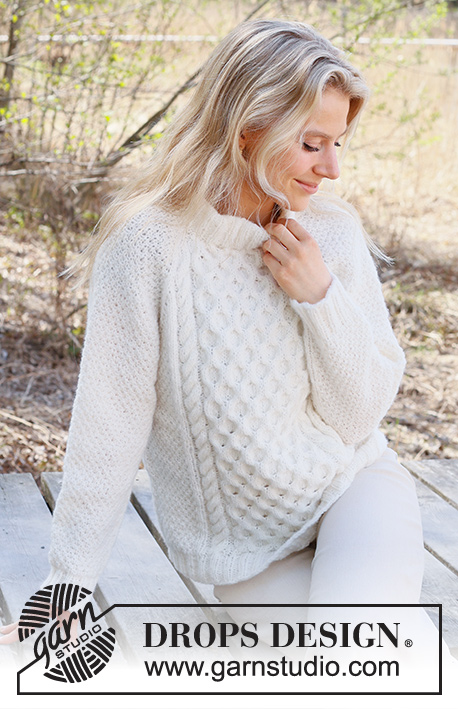 |
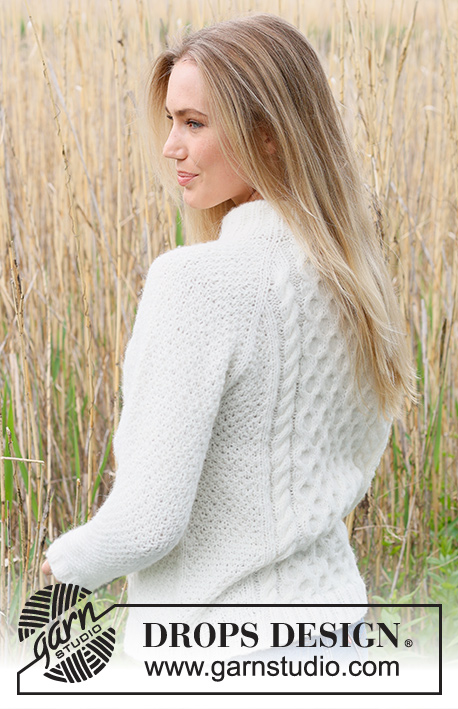 |
||||||||||||||||||
Knitted jumper in DROPS Air. The piece is worked top down with raglan, double neck, cables and moss stitch. Sizes S - XXXL.
DROPS 236-15 |
|||||||||||||||||||
|
------------------------------------------------------- EXPLANATIONS FOR THE PATTERN: ------------------------------------------------------- INCREASE TIP: Increase 1 stitch by working 1 yarn over. On the next round, work the yarn over twisted to avoid holes. PATTERN: See diagrams A.1 to A.6. RAGLAN: Increase for raglan before/after 2 knitted stitches at each marker-thread as follows: AFTER THE MARKER-THREAD: Knit 1 stitch, make 1 yarn over. BEFORE THE MARKER-THREAD: Work until there is 1 stitch left before the next marker-thread, make 1 yarn over. The increased stitches are worked twisted into the pattern on the next round. DECREASE TIP (applies to the sides on the body and mid-under sleeves): Decrease 1 stitch on either side of the marker as follows: Work until there are 2 stitches left before the marker, knit 2 together, marker sits here, slip 1 stitch as if to knit, knit 1 and pass the slipped stitch over the knitted stitch. ------------------------------------------------------- START THE PIECE HERE: ------------------------------------------------------- JUMPER – SHORT OVERVIEW OF THE PIECE: The double neck and yoke are worked in the round with circular needle, top down. The yoke is divided for body and sleeves and the body is continued in the round with circular needle. The sleeves are worked with short circular needle/double pointed needles, top down. DOUBLE NECK: Cast on 80-88-88-96-96-96 stitches with DROPS Air using short circular needles size 4 mm and 5 mm held together. Remove the needle size 5 mm keeping the stitches on the short circular needle size 4 mm (this gives you an elastic cast-on edge). Work rib in the round (knit 2, purl 2) for 11 cm. Fold the neck double to the inside and work 1 more round of rib, working every 2nd stitch together with its corresponding stitch on the cast-on edge. You now have a double neck of approx. 5 cm. YOKE: Change to circular needle size 5 mm. Insert 4 marker-threads while working and increasing as follows: Knit 1 and insert marker-thread 1 before next stitch, knit 12 (sleeve) and insert marker-thread 2 before next stitch, knit 1, knit and increase 16-12-12-16-16-16 stitches evenly over the next 26-30-30-34-34-34 stitches - read INCREASE TIP (= 42-42-42-50-50-50 stitches on the front piece), knit 1 and insert marker-thread-3 before next stitch, knit 12 (sleeve) and insert marker-thread 4 before next stitch, knit 1, knit and increase 16-12-12-16-16-16 stitches evenly over the next 26-30-30-34-34-34 stitches (= 42-42-42-50-50-50 stitches on the back piece). There are 112-112-112-128-128-128 stitches on the round. Insert a marker on this round, approx. on mid-back the yoke is measured from this marker. Read the next section before continuing! You now work pattern and increase for RAGLAN – read description above. Knit 2 (marker-thread-1 sits between these 2 stitches), increase 1 stitch for raglan, work A.1 over the next 10 stitches, increase 1 stitch for raglan, knit 2 (marker-thread-2 sits between these 2 stitches), increase 1 stitch for raglan, work A.2 over 1 stitch, A.3 over the next 40-40-40-48-48-48 stitches (5-5-5-6-6-6 times in width), A.4 over 1 stitch, increase 1 stitch for raglan, knit 2 (marker-thread-3 sits between these 2 stitches), increase 1 stitch for raglan, work A.1 over the next 10 stitches, increase 1 stitch for raglan, knit 2 (marker-thread-4 sits between these 2 stitches), increase 1 stitch for raglan, work A.2 over 1 stitch, A.3 over 40-40-40-48-48-48 stitches (5-5-5-6-6-6 times in width), A.4 over 1 stitch and increase 1 stitch for raglan,. REMEMBER THE KNITTING TENSION! Continue the pattern and increase for raglan every 2nd round (the increased stitches on the sleeves are worked into A.1, the increased stitches on the front and back pieces are worked as shown in A.2/A.4). When diagrams A.2 and A.4 have been completed 1 time in height, continue with A.5 over A.2 and A.6 over A.4; the increased stitches on the front and back are now worked into A.1 (the cables in A.3 and in A.5/A.6 are made on the same round all the way). Continue to increase for raglan until there has been increased a total of 19-23-25-27-27-29 times on each side of all marker-threads = 264-296-312-344-344-360 stitches. Continue to increase but increase now only on the body (i.e. increase after marker-threads 2 and 4 and before marker-threads 3 and 1). Increase like this 3-2-3-1-3-6 times in total = a total of 19-23-25-27-27-29 times on the sleeves and 22-25-28-28-30-35 times on the body. There are 276-304-324-348-356-384 stitches on the needle. Continue the pattern without further increases until the yoke measures 22-24-26-27-29-32 cm from the marker on mid back. Now divide for sleeves and body as follows: Knit 2, place the next 48-56-60-64-64-68 stitches on a thread for the sleeve, cast on 6-6-8-8-12-12 stitches under the sleeve, work 90-96-102-110-114-124 stitches as before, place the next 48-56-60-64-64-68 stitches on a thread for the sleeve, cast on 6-6-8-8-12-12 stitches under the sleeve, work the last 88-94-100-108-112-122 stitches as before. Cut the yarn. Continue working body and sleeve separately. BODY: = 192-204-220-236-252-272 stitches. Insert 1 marker in each side, in the middle of the new stitches cast on under each sleeve. Start the round by one marker and continue in the round with pattern A.1 on each side of A.5, A.3 and A.6; NB: A.1 will not always fit, so knit 1 stitch on each side of each marker in each side under each sleeve, the remaining stitches are adjusted according to the pattern on the front and back piece. Continue working until the body measures 28-28-28-29-29-28 cm from the division. Knit 1 round and decrease 28 stitches evenly spaced = 164-176-192-208-224-244 stitches. Change to circular needle size 4 mm and work rib (knit 2, purl 2) for 5 cm. Loosely cast off with knit over knit and purl over purl. The jumper measures approx. 58-60-62-64-66-68 cm from the shoulder down. SLEEVES: Place the 48-56-60-64-64-68 stitches from the thread on the one side of the piece on short circular needle/double pointed needles size 5 mm and knit up 1 stitch in each of the 6-6-8-8-12-12 stitches cast on under the sleeve = 54-62-68-72-76-80 stitches. Insert a marker in the middle of the new stitches under the sleeve = start of the round. Continue in the round with pattern A.1. NB: A.1 will not always fit, so knit 1 stitch on each side of the marker, the remaining stitches are adjusted according to the pattern on the sleeve. When the sleeve measures 2 cm, decrease 2 stitches on each side of the marker – read DECREASE TIP. Decrease like this every 6-4-2½-2½-2-1½ cm a total of 6-9-11-12-13-14 times = 42-44-46-48-50-52 stitches. Continue working until the sleeve measures 37-36-34-33-32-30 cm from the division (or to desired length. There is approx. 5 cm left). Knit 1 round and increase 2-4-6-4-6-4 stitches evenly spaced = 44-48-52-52-56-56 stitches. Change to double pointed needles size 4 mm and work rib (knit 2, purl 2) for 5 cm. Loosely cast off with knit over knit and purl over purl. The sleeve measures approx. 42-41-39-38-37-35 cm from the division. Work the other sleeve in the same way. |
|||||||||||||||||||
Diagram explanations |
|||||||||||||||||||
|
|||||||||||||||||||

|
|||||||||||||||||||

|
|||||||||||||||||||

|
|||||||||||||||||||
|
Have you made this or any other of our designs? Tag your pictures in social media with #dropsdesign so we can see them! Do you need help with this pattern?You'll find tutorial videos, a Comments/Questions area and more by visiting the pattern on garnstudio.com. © 1982-2024 DROPS Design A/S. We reserve all rights. This document, including all its sub-sections, has copyrights. Read more about what you can do with our patterns at the bottom of each pattern on our site. |
|||||||||||||||||||
With over 40 years in knitting and crochet design, DROPS Design offers one of the most extensive collections of free patterns on the internet - translated to 17 languages. As of today we count 304 catalogues and 11422 patterns - 11422 of which are translated into English (UK/cm).
We work hard to bring you the best knitting and crochet have to offer, inspiration and advice as well as great quality yarns at incredible prices! Would you like to use our patterns for other than personal use? You can read what you are allowed to do in the Copyright text at the bottom of all our patterns. Happy crafting!

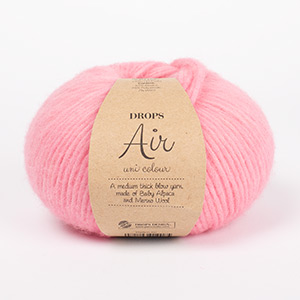






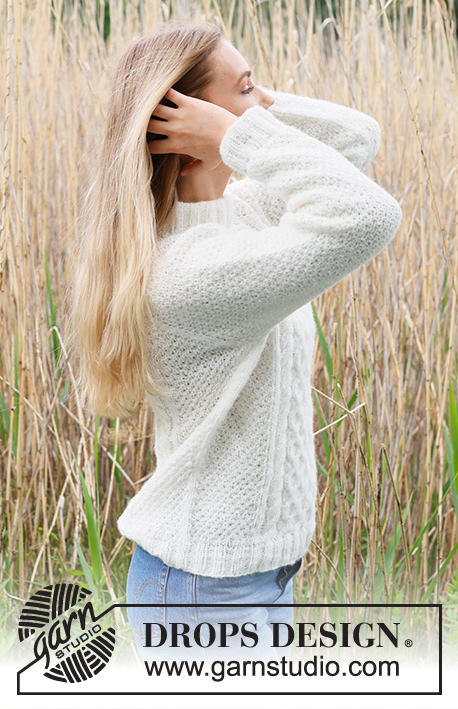
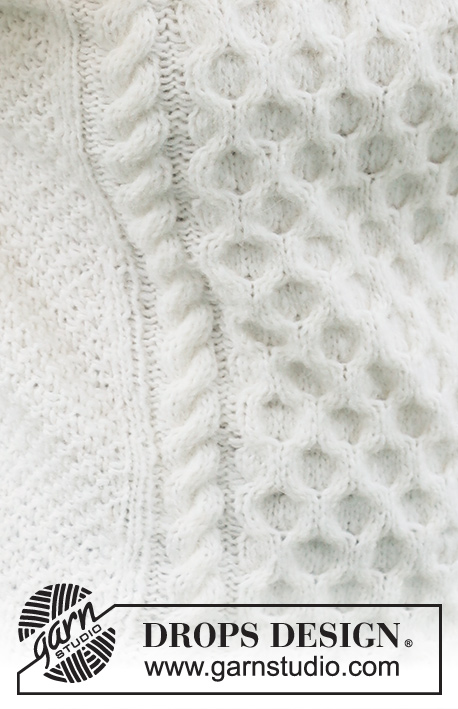

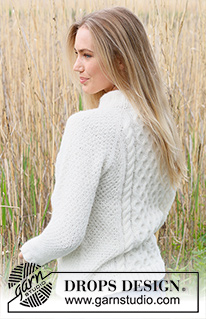
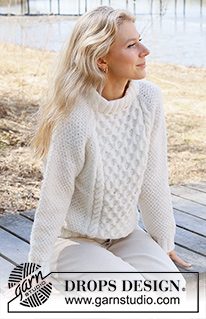



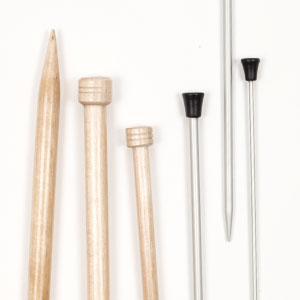
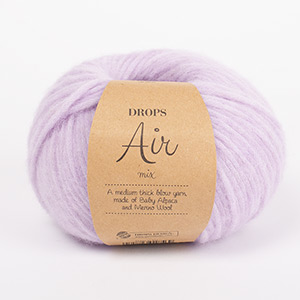


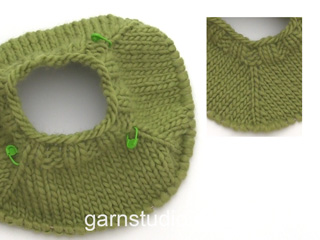
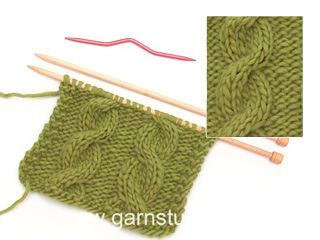
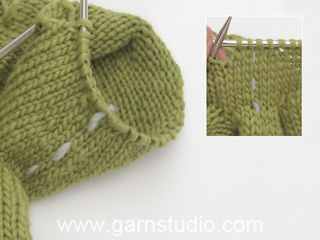
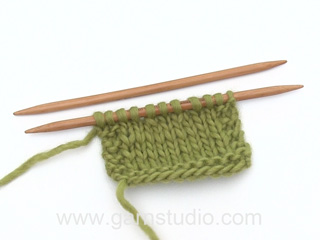
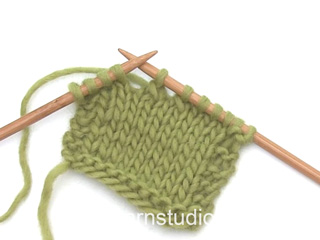

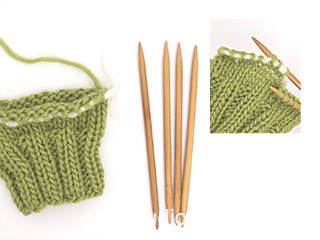

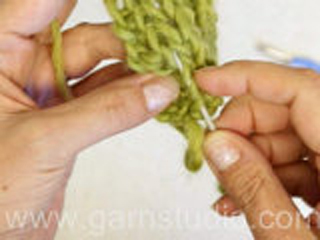
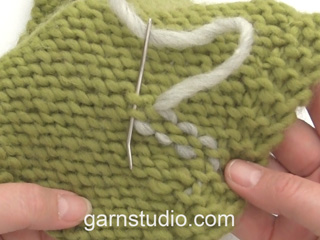
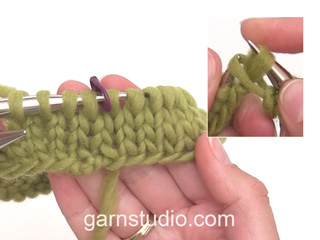
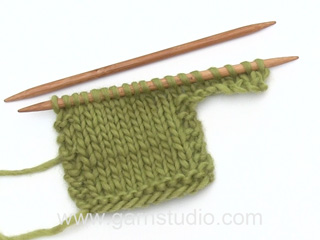


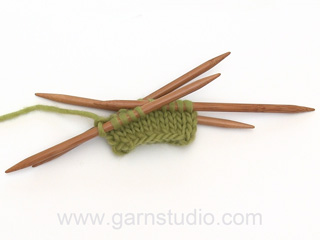
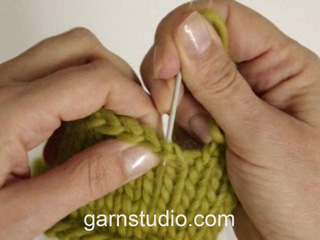
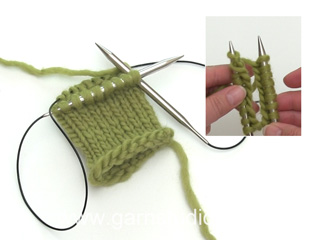
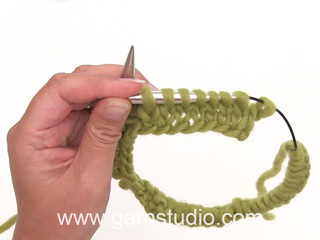
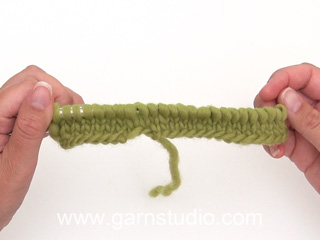
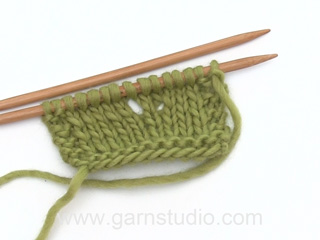
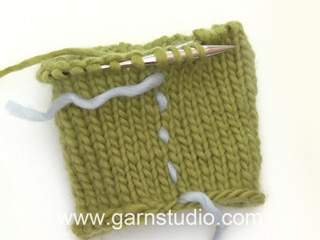
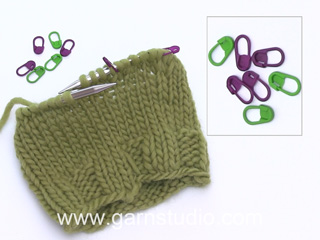
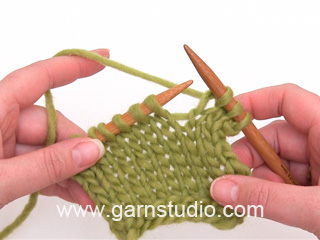
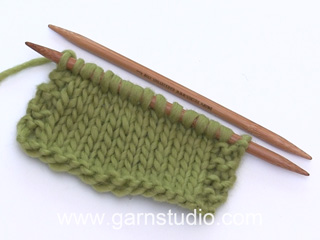
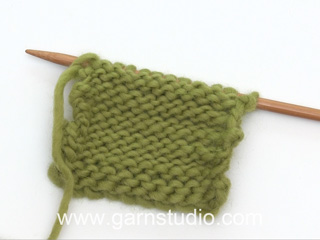
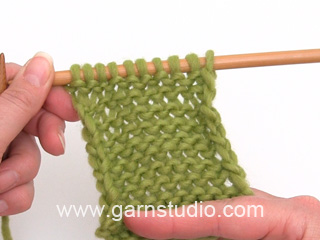
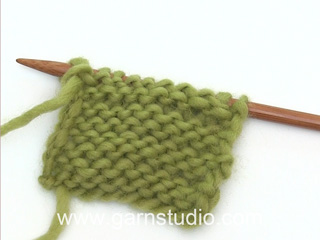

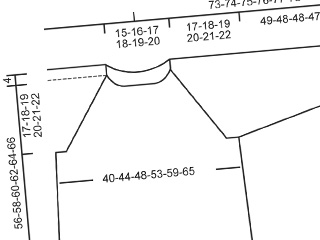
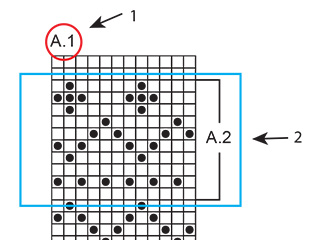
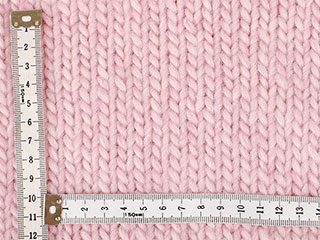
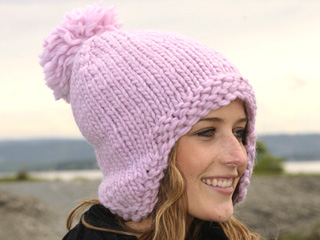
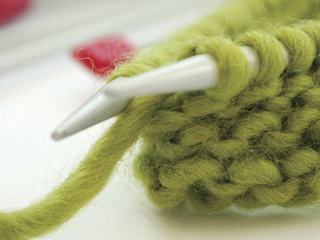
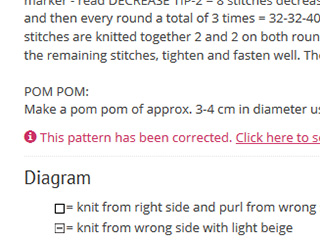
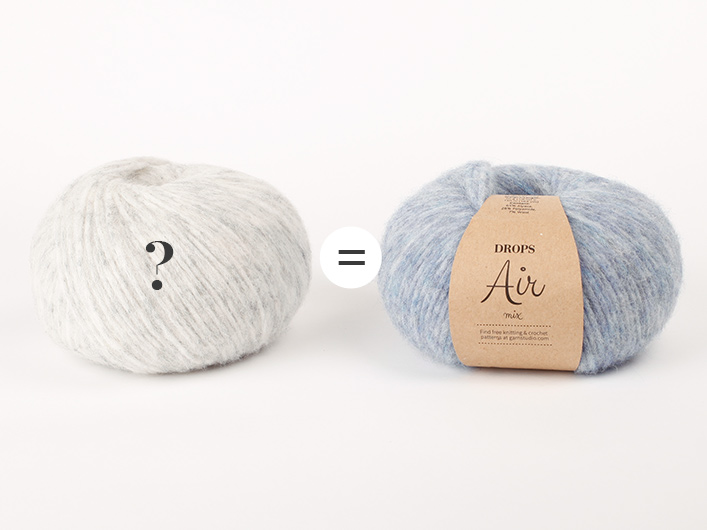

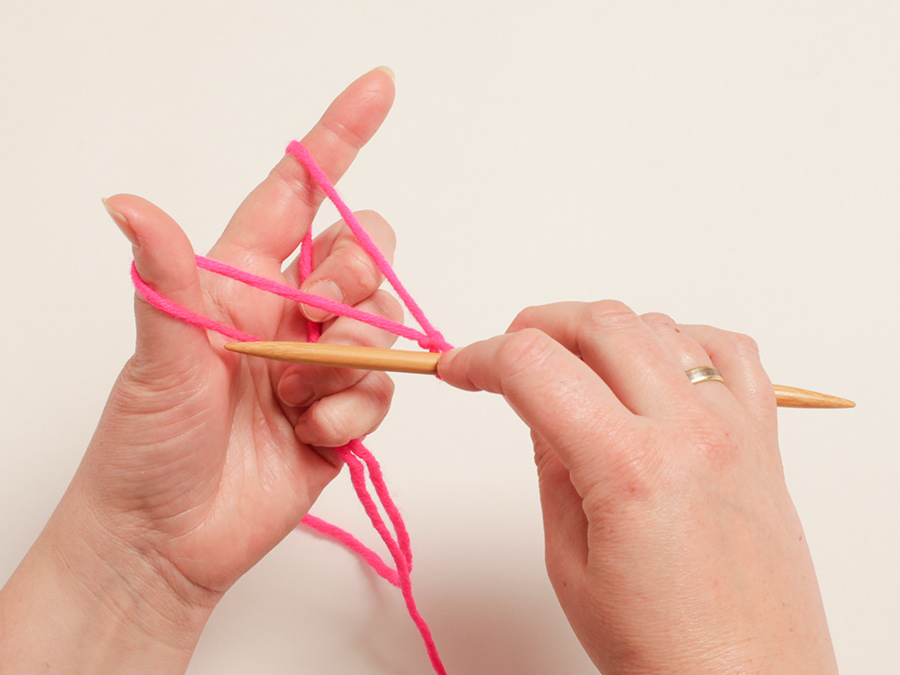
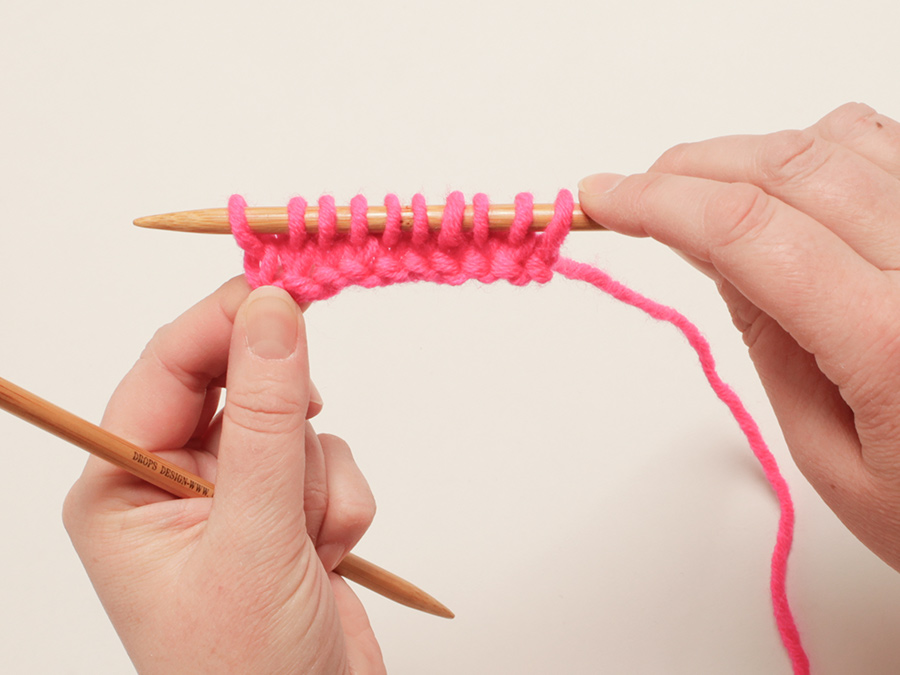

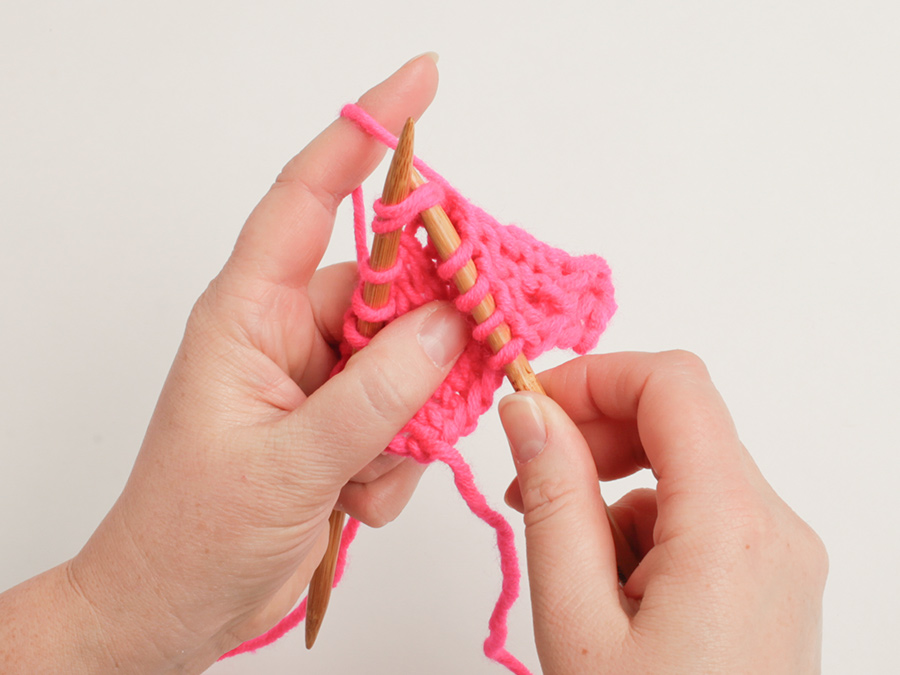
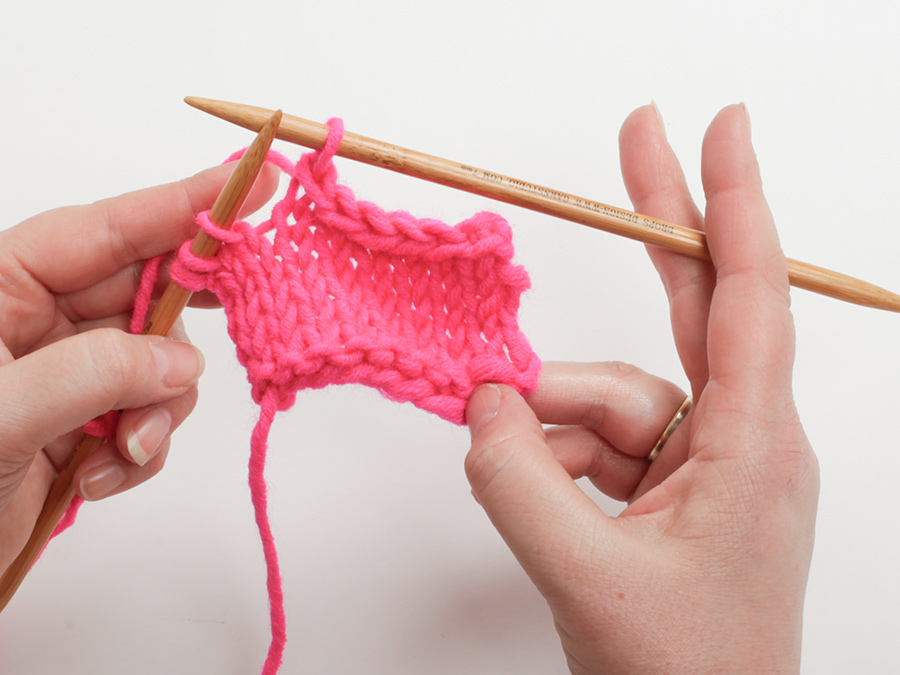
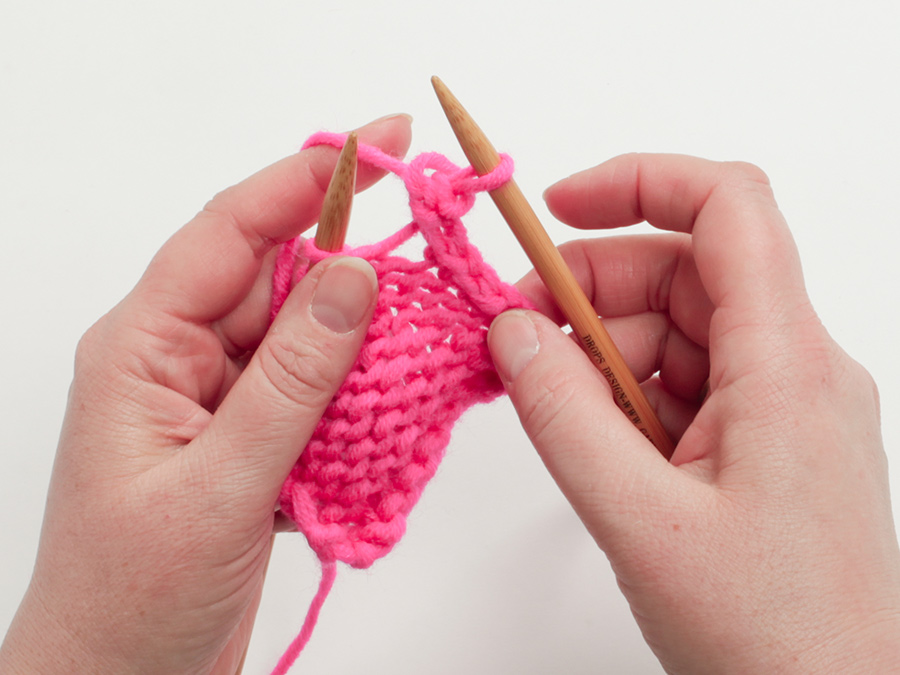


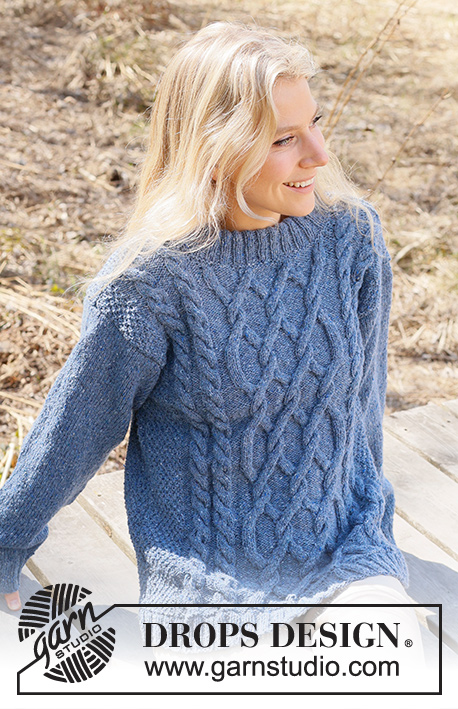

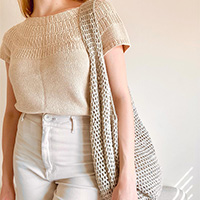


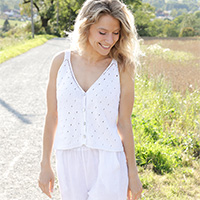
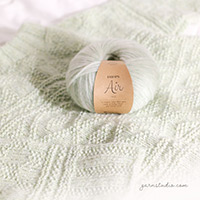
Comments / Questions (33)
Please explain how to "cut yarn" at the end of the yoke after under arm stitches have been added and then restart knitting in the middle of the new stitches under the arm.
07.03.2024 - 02:42DROPS Design answered:
Hi Kris, You finish the last round on the yoke (with the cast-on stitches for the armholes) after the back piece. If you are not happy cutting the yarn and beginning again mid-under the sleeve you can work to the first of the new markers. The main thing is that the round now starts under one sleeve. Happy knitting!
07.03.2024 - 07:01W dodawaniu oczek na reglan powinno być w opisie jak dodawać za markerem i przed markerem a jest dwa razy: "przed markerem"
04.12.2023 - 14:39DROPS Design answered:
Bardzo Ci dziękuję Olu. Pomyłka już poprawiona. Pozdrawiam!
05.12.2023 - 09:51Bonjour, Merci de votre patience mais j'ai trouvé toute seule pour la dernière question. encore merci et bonne journée
30.11.2023 - 09:36Bonjour, Je sais que je dois vous embété mais quand on arrive avec les augmentations des côtés du devant et du dos on augmente que d"un côté à gauche ou à droite. Merci
29.11.2023 - 17:49DROPS Design answered:
Bonjour Mme Lelarge, lorsque vous augmentez pour le raglan uniquement pour le dos et le devant, au début et à la fin du dos + au début et à la fi n du devant. Bon tricot!
30.11.2023 - 10:00Rebonjours Quand on augmente pour les côtés du devant ou du dos on augmente d'un seul côté ou des deux côtés. Là je suis perdue
29.11.2023 - 17:05DROPS Design answered:
Bonjour Mme Lelarge, vous parlez des augmentations du raglan faites uniquement pour le dos et le devant? Si c'est bien le cas, lorsque vous avez augmenté 27 fois (taille XXL) 8 mailles pour le raglan (dos, devant et manches), on augmente maintenant que pour le devant et le dos (plus pour les manches), soit 4 mailles (2 pour le devant et 2 pour le dos) 3 fois au total, vous avez ainsi augmenté 30 fois pour le dos et le devant (mais toujours 27 fois pour les manches). Bon tricot!
30.11.2023 - 09:57Bonjour, Il doit y avoir une erreur dans les explications au moment de diviser l'ouvrage un vous nous dite de mettre 114 mailles et après l 'autre vous nous dite 112 mailles.
29.11.2023 - 13:33DROPS Design answered:
Bonjour Mme Lelarge, lorsque vous tricotez le tour de division des manches, pour tricotez les 2 premières mailles à l'endroit auxquelles s'ajouteront les 112 dernières mailles du tour pour le dos = vous aurez ainsi bien 114 mailles pour le dos et 114 mailles pour le devant. Bon tricot!
29.11.2023 - 15:32Bonnjour, J'ai détricoté mon pull jusqu'à l'ecolure et je le refais car je compte mes augmentations depuis le début de l'ouvrage et il me semble que celà est mieux. Merci pour tous les bons conseils que vous me donné . Bonne journée
26.11.2023 - 11:18Je voulait dire augmentation.
25.11.2023 - 09:38Bonnjour, les 27 fois augmentations total se compte depuis le début de l'ouvrage ? Je pense que oui, c'est pour celà que j'ai du redéfaire mon ouvrage car trop de mailles. L'explication ne dit pas si on doit compter les diminutions depuis le début de l'ouvrage dès que l'on commence les diminutions.
25.11.2023 - 09:36Bonsoir, je vais défaire mon tricot car après mes 27 fois aufmentations je me retrouve avec beaucoup trop de mailles et j ne comprend pas ; pourtant j'ai bien suivi les diagrammes . et les augmantations tous les deux rangs. Merci pour votre réponse. en attendant je redefait mon tricot jusqu'à l'encolure qui elle est bonne.
24.11.2023 - 18:57DROPS Design answered:
Bonjour Mme Lelarge, effectivement, on va augmenter 27 fois au total tous les tours, soit 128 mailles + 27 fois 8 mailles = 344 mailles, autrement dit, y compris la 1ère augmentations décrite dans les explications. Bon tricot!
27.11.2023 - 07:47